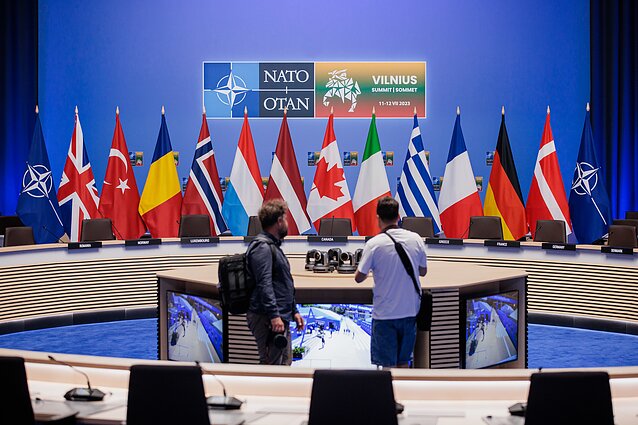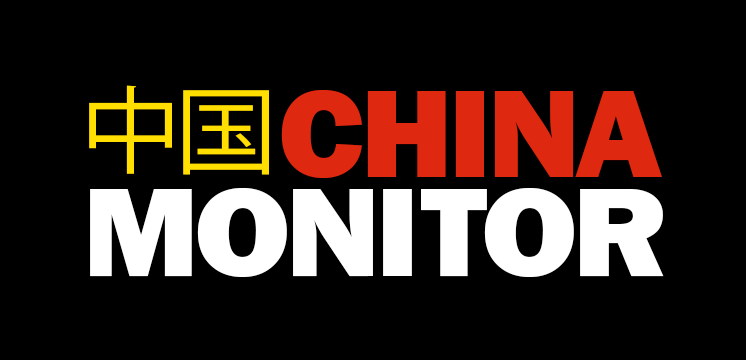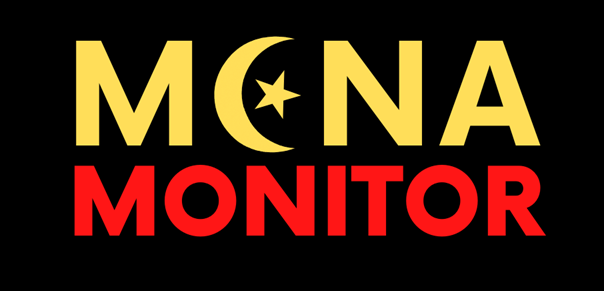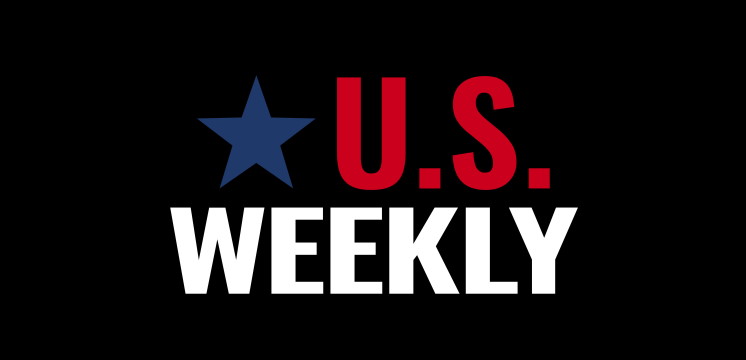OPINIONS
Date: 17 July 2023 Author: Katja-Elisabeth Herrmann
The State of Transatlantic Affairs Post Vilnius: Analyzing the Outcomes of the NATO Summit. Part I
The NATO Summit in Vilnius last week witnessed strategic deliberations guided by the principle of deterrence by denial. The Allies sought to deliver on the defense commitments made in Madrid last year. Three themes dominated the two-day meeting in the capital of Lithuania including, Ukraine’s accession to NATO, the defense investment and procurement pledge, and Türkiye’s decision to lift objections to Sweden’s membership.

Despite Ukraine’s strong desire for immediate NATO membership, the summit concluded without offering a clear roadmap or timeline for the country’s accession. The Vilnius Summit Communiqué expressed increased support for Ukraine, but the lack of a formal invitation and vague language “when allies agree and conditions are met,” left Ukrainians feeling underwhelmed. The reaction from Ukrainians at home and abroad felt the statements made in Vilnius as a rehash of the existing. This ambiguity could be seen as a prudent approach to avoid further provocation of Russian President Vladimir Putin, who may attempt to hinder Ukraine’s alignment with the Western Alliance. Nonetheless, the summit successfully solidified and institutionalized NATO-Ukraine relations through the establishment of the NATO-Ukraine Council.
As Türkiye drops its veto of Sweden’s accession to joining the military alliance, two points should be looked at. Initially, the Turkish decision to drop the veto comes with a political and commercial bargain. Erdogan’s support for Swedish accession is backed by a set of commercial conditions favoring Ankara’s purchase of US F-16 fighter jets – a strategic calculation about Türkiye’s role in securing the Black Sea. Approval for sale is still on hold after Turkey’s removal from the F-35 program back in March 2020. Thus, the subsequent request for F-16s is expected in exchange for the amount it had already paid ($1.4 billion USD).[1] The question that will remain in the hands of European leaders is how to process and implement the Turkish second point on the liberalization of visa-free travel in the Schengen area.
In this context, the Summit was surely a rollercoaster of emotions for Sweden after the Turkish veto was dropped. Although celebrations were in order, the Swedes fear to wait until the Turkish parliament returns to session after the summer recess (October 1) to ratify and approve membership. A two-month wait would require Türkiye’s parliamentary foreign affairs committee to work over the recess to speed up its ratification of Sweden’s accession to NATO.
Although the Summit was seen as a success, the US decision to send cluster munitions turned into bitter looks from some Allies including Canada, France, the United Kingdom, and Spain, who strongly oppose these means of support to Ukraine. Cluster munitions are banned under international law, in a treaty ratified almost 13 years ago by a large majority of countries (108 signatories) but not by the US, Russia, and Ukraine. Consequentially, the use of cluster munitions could potentially require Canada and its allies to sanction Ukraine if the weapons are employed in active combat.
The fine balance between international commitments and support for Ukraine left room for speculation about the Alliance’s cohesiveness and unity, later weaponized by Russian state-owned news agency – Sputnik.[2] The media outlet portrayed the discussion as an emerging debacle questioning the cohesiveness and unity of the Alliance. Russia is known to be an expert in spinning events to fit a narrative, mobilizing leaders at the Summit to pursue a communication strategy that does not fight fire with fire but rather succeeds in achieving the intended purpose of a united front.
Indeed, a united front now reconsiders its enduring commitment to invest at least 2% of the Allies’ GDP – now broadly understood as a floor rather than a ceiling. This means that exceeding the 2% investment should become the goal, not a rigid margin. The 2% investment pledge makes sense observing that the Allies’ commitment, capabilities, and capacities are to be proportionally increased. Since the commencement of the Russian occupation of Ukraine, east flank countries like Poland have significantly surpassed these numbers above the threshold from 2.42% in 2022 to 3.90% in 2023.[3]
Observing further defense expenditure and procurement of military equipment noteworthy decisions include Canadian and German commitment beyond the pre-established scheme of cooperation expanding this way their respective battalion troops in Latvia and Lithuania. In the first instance, Canada plans to more than double the size of its contribution to a NATO mission in Latvia to be completed in 2026.[4] In turn, Germany is to station 4,000 troops in Lithuania as part of a bilateral agreement between the two countries initiated before the Summit.[5]
In a nutshell, the success of the Summit can only be measured by the extent of its support to Ukraine and the willingness shown by the leaders present to recommit to defense expending. Notwithstanding, several points remain largely undressed such as emerging technologies and China in the Indo-Pacific. Although the NATO Summit in Vilnius did not concretely address some of the pressing points that several leaders and the general public were expecting, the expectations are to be carried out with further certainty in Washington at the next Summit.
[1] Rich Outzen and Pınar Dost, “A looming US-Turkey F-16 deal is about much more than Sweden’s NATO bid” The Atlantic Council (July 8, 2023).
[2] Luke McGee, “NATO’s crucial summit in Vilnius nearly came off the rails and gave Russia a PR victory” CNN (July 14, 2023).
[3] North Atlantic Treaty Organisation “Defence Expenditure of NATO Countries (2014-2023) Report” ( July 7, 2023).
[4] Murray Brewster, “Trudeau announces plans to more than double size of NATO deployment in Latvia” CBC (July 10, 2023).
[5] Andrew Salerno-Garthwaite, “Germany breaks with Nato to send 4,000 troops to Lithuania” Army Technology (July 13, 2023).
Sources:
1. Brewster Murray, “Trudeau announces plans to more than double size of NATO deployment in Latvia” CBC (July 10, 2023). https://www.cbc.ca/news/politics/trudeau-announces-more-troops-latvia-1.6901775
2. Brewster Murray, “Fallout from U.S. cluster munitions decision strains NATO unity over Ukraine” CBC (July 11, 2023) https://www.cbc.ca/news/politics/sweden-nato-cluster-munitions-ukraine-1.6902962
3. Die Deutsche Welle, “Germany to station 4,000 troops in Lithuania” (June 26, 2023) https://www.dw.com/en/germany-to-station-4000-troops-permanently-in-lithuania/a-66031051
4. McGee Luke, “NATO’s crucial summit in Vilnius nearly came off the rails and gave Russia a PR victory” CNN (July 14, 2023). https://edition.cnn.com/2023/07/14/europe/biden-ukraine-comments-nato-analysis-intl/index.html
5. North Atlantic Treaty Organisation “Defence Expenditure of NATO Countries (2014-2023) Report” ( July 7, 2023). https://www.nato.int/nato_static_fl2014/assets/pdf/2023/7/pdf/230707-def-exp-2023-en.pdf
6. Outzen Rich and Pınar Dost, “A looming US-Turkey F-16 deal is about much more than Sweden’s NATO bid” The Atlantic Council (July 8, 2023). https://www.atlanticcouncil.org/blogs/turkeysource/a-looming-us-turkey-f-16-deal-is-about-much-more-than-swedens-nato-bid/
7. Salerno-Garthwaite Andrew, “Germany breaks with Nato to send 4,000 troops to Lithuania” Army Technology (July 13, 2023). https://www.army-technology.com/features/germany-breaks-with-nato-to-send-4000-troops-to-lithuania/
Support Us
If content prepared by Warsaw Institute team is useful for you, please support our actions. Donations from private persons are necessary for the continuation of our mission.
_________________________________
All texts published by the Warsaw Institute Foundation may be disseminated on the condition that their origin is credited. Images may not be used without permission.

















